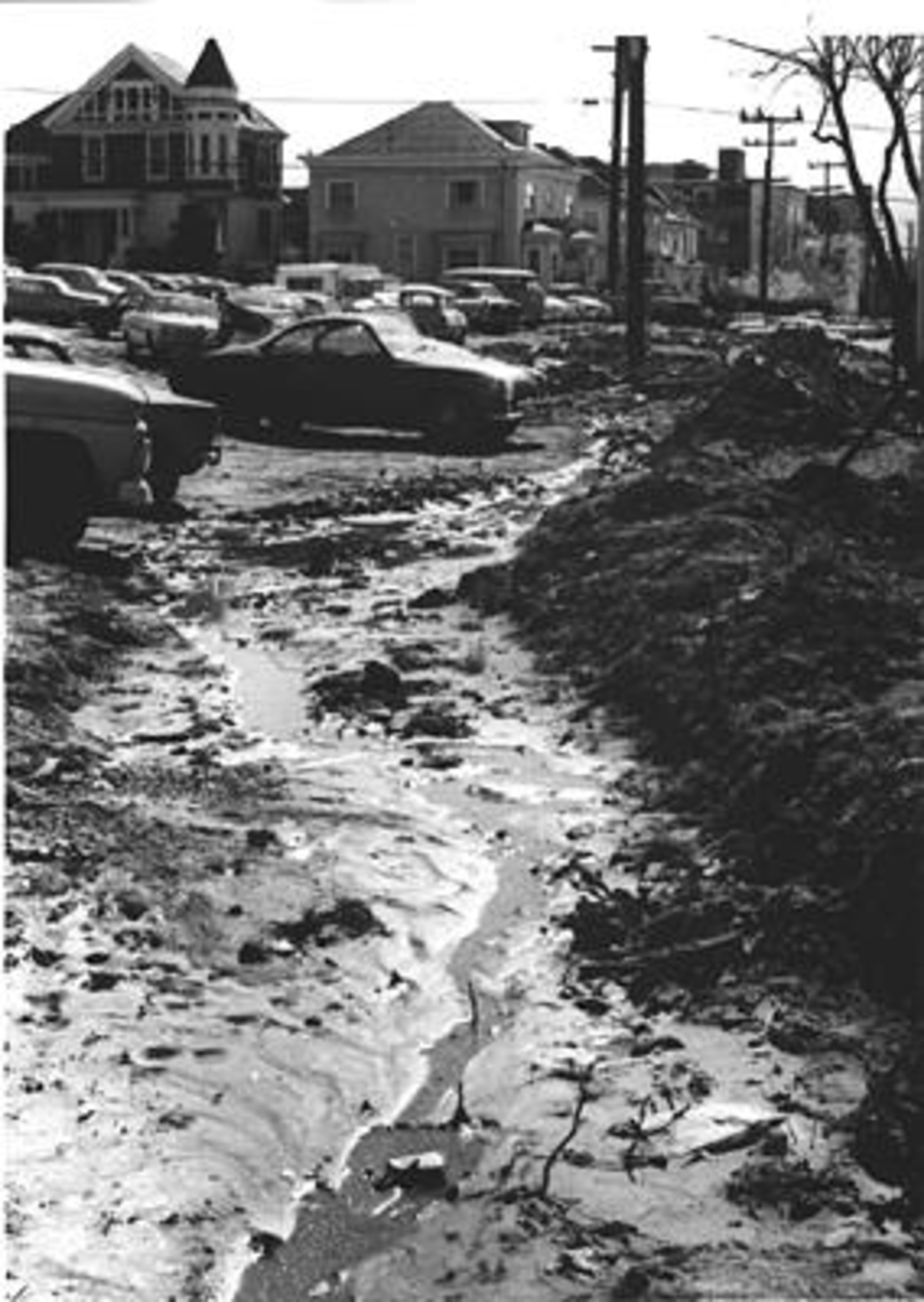Seed Grant: William White and the Archaeological Heritage of People's Park

This year the Berkeley Center for New Media offered two junior faculty research grants to seed ambitious academic scholarship in new media at Cal. William White was selected for “the Archaeological Heritage of People's Park” Read more about the project below!
A Park Forged from a Hail of Bullets
The period between 1960 and 1980 in Berkeley was marked by student-led protests, which attracted extensive media attention locally and nationally.
The period between 1960 and 1980 in Berkeley was marked by student-led protests, which attracted extensive media attention locally and nationally and vocalized Berkeley's liberal and left-leaning views about social, civil, and environmental justice. The creation of public parks through activism like Chicano park in san Diego, poor people’s park in Chicago, and Walden park in madison, Wisconsin was a tangible result of widespread 1960s protests, which were part of larger anti-war and civil rights movements that rocked the united states at that time (lovell 2018). The protests in Berkeley addressed those concerns while also contributing to ongoing local efforts to improve labor relations, address shifting housing and rent regulations, and increasing homelessness—topics that have been evergreen planks in Berkeley resistance ever since. The creation of people’s park functioned as a site for displays of local activism.
A Neighborhood Block Takes Shape
The location where people's park now stands became an urban space early in the 20th century.
The location where people’s park now stands became an urban space early in the 20th century. Census records show the bay area’s population increased rapidly between 1920 and 1940; growing from 5,101 to 85,547. This is reflected in the increased density in the boundaries of people’s park and the expansion of urban development across Berkeley. Ultimately, Berkeley, Oakland, and Albany fused together into a greater metropolitan area.
Hispanic and Early American Period in People's Park
Ohlone and other native people in the Berkeley area were joined by Europeans, Africans, and native people from other areas of the western hemisphere who were operating under the Spanish crown.
By the eighteenth century, Ohlone and other native people in the Berkeley area were joined by Europeans, Africans, and native people from other areas of the western hemisphere who were operating under the Spanish crown. This so-called “historical period” marks the beginning of great social, cultural, ethnic, and landscape changes that would culminate in present-day Berkeley, California.
Building a Park on Ohlone Land
For endless generations, native Americans have been the stewards of the geographic area that would one day become the city of Berkeley. The San Francisco bay area is the home to the Muwekma Ohlone tribe, also called san Francisco bay Costanoan people. The Muwekma tribe is composed of over 35 tribal bands living across an area extending from the present-day city of San Francisco, south to the San Jose metropolitan area, east to Patterson, and along the east bay coastline through what is now Oakland, Berkeley, Richmond, and concord. Present-day Berkeley is where several Ohlone bands have been recorded on historical maps including the Joaquin and hunching bands (Muwekma Ohlone tribe 2020).
Read more about this project here.
